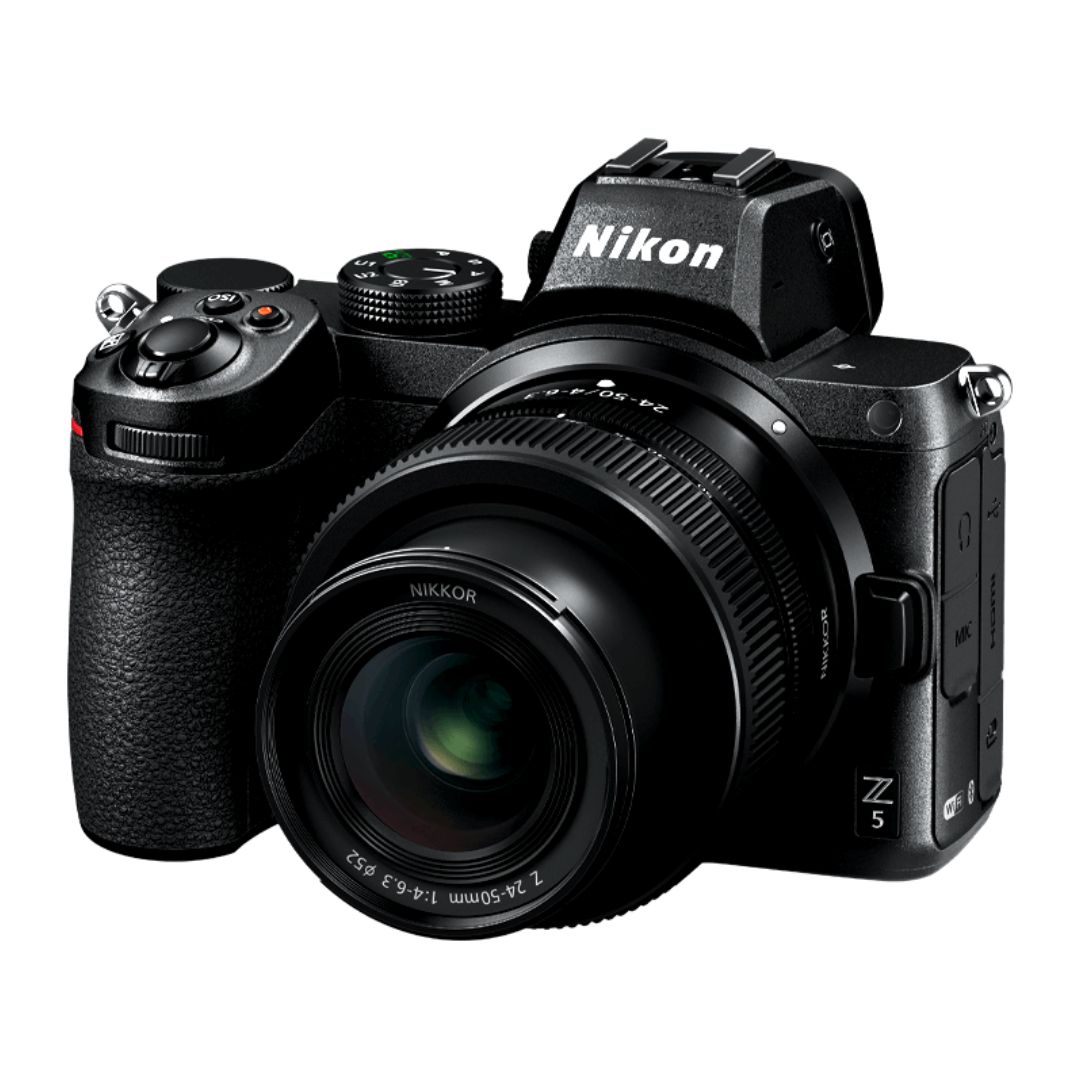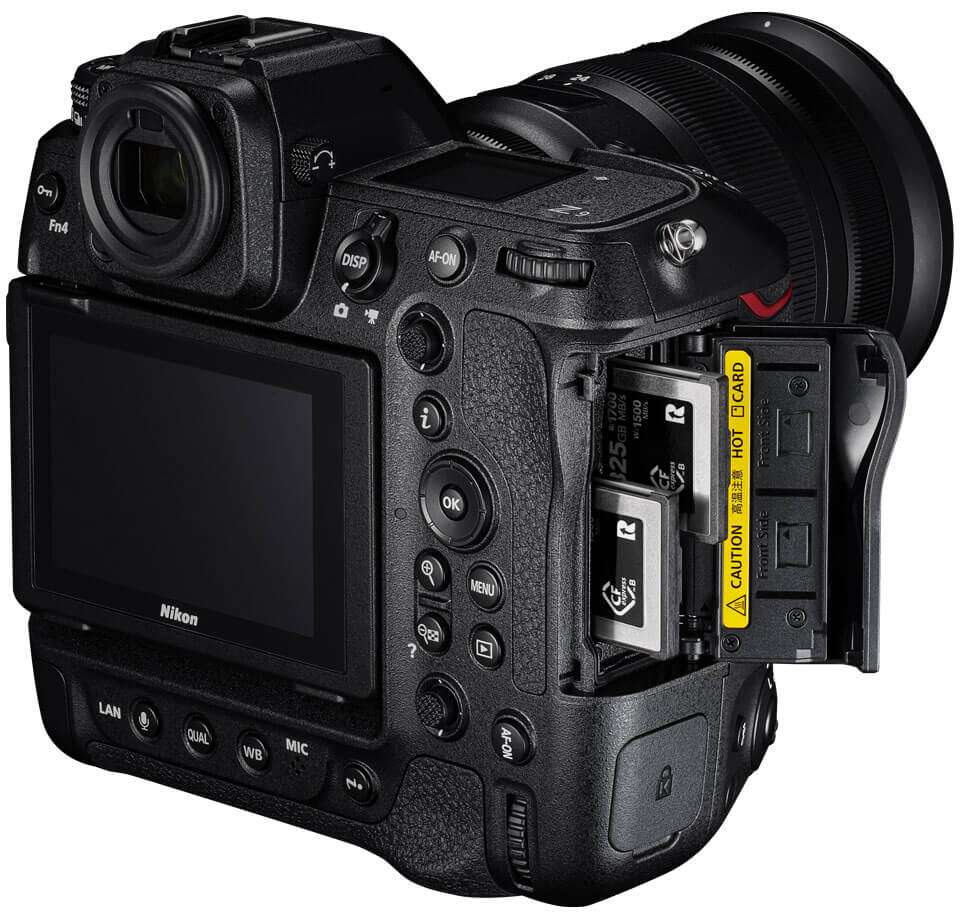Capturing authentic emotions in portrait photography requires more than just technical skills. Expression plays a crucial role in conveying a subject’s personality, emotions, and story. Whether you’re photographing a professional model or a client unfamiliar with being in front of a camera, mastering expression in portrait photography can elevate your work. In this guide, we’ll explore the significance of expression, how to direct subjects, and techniques to create compelling, emotionally rich portraits.
Understanding Expression in Portrait Photography
Expression refers to the facial and body language that conveys emotion in an image. It can be subtle or dramatic, spontaneous or directed. Unlike traditional posed portraits, where the focus is primarily on structure and symmetry, expressive portraits aim to capture authenticity.
The Power of Expression
- Evoking Emotion – A well-captured expression can evoke powerful emotions in viewers, making them feel connected to the subject.
- Storytelling – Expressions tell a story, adding depth and narrative to the image.
- Personal Connection – Whether joyful, contemplative, or intense, expressions make images feel real and relatable.
Key Elements of Expression in Portraits
1. Eyes – The Window to Emotion
The eyes are the most expressive part of the face. A slight squint or wide-eyed wonder can dramatically change the tone of an image. To enhance eye expression:
- Use natural light to highlight the eyes.
- Encourage subjects to focus on a point of emotion (e.g., remembering a special moment).
- Capture candid moments rather than forcing expressions.
2. Mouth – Conveying Mood
A subtle smile, a smirk, or a relaxed mouth can communicate different emotions. Tips to improve mouth expression:
- Avoid forced smiles; encourage genuine laughter.
- Slightly parted lips can create a sense of intimacy.
- Ask subjects to breathe naturally to keep expressions soft.
3. Posture & Body Language
Facial expressions aren’t the only storytelling elements in portraits. Body posture, gestures, and hand movements add layers to an image. For example:
- Crossed arms may indicate confidence or defensiveness.
- Hands near the face can create a pensive look.
- A relaxed posture enhances a natural and inviting vibe.
Techniques for Capturing Authentic Expressions
1. Creating a Comfortable Environment
Subjects perform best when they feel at ease. To foster a relaxed setting:
- Engage in casual conversation before shooting.
- Play soft music that aligns with the shoot’s mood.
- Give genuine compliments to boost confidence.
2. Guided Directing vs. Natural Interaction
Instead of giving strict poses, use prompts to elicit natural expressions. Examples include:
- “Think about the happiest moment of your life.”
- “Imagine you’re sharing an inside joke with a close friend.”
- “Close your eyes, take a deep breath, and open them slowly with a soft smile.”
3. Utilizing Candid Photography
Candid portraits capture raw emotions and natural expressions. To achieve this:
- Shoot between poses when the subject isn’t hyper-aware of the camera.
- Encourage movement to break stiffness.
- Capture laughter, fleeting glances, and relaxed expressions.
Lighting & Expression
Lighting plays a pivotal role in emphasizing expression.
1. Soft Light for Gentle Expressions
Natural light or diffused artificial light softens shadows, creating an inviting, warm look.
2. Harsh Light for Dramatic Expression
Stronger contrasts create intensity, making emotions like determination or mystery more pronounced.
3. Directional Lighting for Mood Enhancement
Side lighting enhances depth, while backlighting can create ethereal, dreamlike portraits.
Expression in Different Styles of Portrait Photography
1. Fine Art Portraits
Artistic portraits focus on storytelling through expression and composition.
2. Editorial Portraits
Used in magazines, editorial portraits capture dynamic, purposeful expressions that align with a theme or message.
3. Lifestyle Portraits
These portraits emphasize natural, everyday moments, relying heavily on spontaneous expressions.
4. Corporate Headshots
Professional headshots should reflect confidence and approachability while maintaining authenticity.
Post-Processing to Enhance Expression
Editing can subtly enhance expressions by:
- Brightening the eyes for added impact.
- Adjusting contrast to emphasize emotions.
- Retouching distractions without altering the subject’s authentic expression.
Conclusion
Mastering expression in portrait photography transforms ordinary shots into compelling, story-driven images. By focusing on natural interaction, understanding body language, and using the right lighting, photographers can capture genuine emotions that resonate with viewers.

Sony Alpha a7 IV: The Ultimate Camera for Photography

Nikon Z5 Review: Is It Worth It?
-

Nikon Z9 : Game-Changer for Photography
-

Top Features of Nikon D850 That Make It Ideal for Portfolio Shoots
Sony Alpha a7 IV: The Ultimate Camera for Photography
Explore the Sony Alpha a7 IV in this complete 2025 review. Learn how its pro-level features, real-world performance, and hybrid flexibility make it the ultimate camera for photography across genres like portraits, weddings, travel, and commercial work. Table of Contents Section 1: Introduction – Why the Sony Alpha a7 IV Stands Out The Sony Alpha…
Nikon Z5 Review: Is It Worth It?
In 2025, photographers—whether hobbyists, content creators, or professionals—seek equipment that blends value, performance, and future-readiness. Enter the Nikon Z5, a full-frame mirrorless camera marketed as a gateway to high-end imaging without a flagship price tag. But how well does it hold up under real-world demands like studio shoots, weddings, landscape adventures, and lifestyle photography? In…
Nikon Z9 : Game-Changer for Photography
Discover why the Nikon Z9 is considered a true game-changer for photography. This in-depth Nikon Z9 review explores key features, real-world performance, and how it excels in professional photo shoots in 2025. Table of Contents 1. Introduction The photography world witnessed a significant shift with the launch of the Nikon Z9, a flagship mirrorless camera…
Top Features of Nikon D850 That Make It Ideal for Portfolio Shoots
Discover why the Nikon D850 is the ultimate DSLR for portfolio shoots. Explore its top features—from resolution and dynamic range to autofocus precision and workflow speed—that help photographers create stunning, high-impact images for professional portfolios. Whether you’re a portrait artist, fashion photographer, or visual storyteller, a portfolio shoot demands technical excellence, creative flexibility, and uncompromised…
Candid Moments with Canon EOS R10: Lightweight & Reliable
In the evolving world of mirrorless photography, the Canon EOS R10 stands out as a lightweight yet powerful camera tailored for real-life storytelling. Whether you’re photographing street scenes, family gatherings, weddings, or spontaneous portraits, capturing genuine emotion requires a responsive and discreet tool. This article dives deep into how the Canon EOS R10 excels in…
Bold Portraits with Canon EOS R5: Is It the Best for Work?
Studio photography has always demanded precision, artistry, and impeccable gear. As the expectations for commercial portraits, fashion campaigns, and editorial work continue to rise, the tools we use must evolve. Enter the Canon EOS R5, a camera that has stirred the professional waters with its impressive technical specs and forward-thinking design. In this comprehensive Canon…


